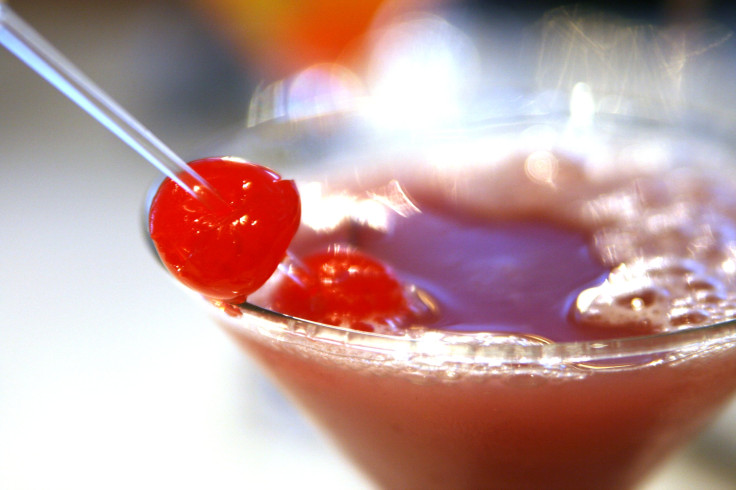Pediatricians Recommend Talking About Effects Of Alcohol At Age 9: How Parents Influence Kids' Relationship With Alcohol

The thought of a 9-year-old drinking a beer may be unsettling or even unimaginable to some, but it’s a possibility parents need to be aware of, according a new set of guidelines published on Monday in the journal of Pediatrics. The American Academy of Pediatrics’ new recommendations may seem for the far too young, but pediatricians hope if parents talk to their children as young as 9 years of age, it will help intervene interest in alcohol before it becomes a problem.
"Surveys indicate that children start to think positively about alcohol between ages 9 and 13 years," the study’s co-author Dr. Lorena Siqueira, pediatrician, wrote in the journal Pediatrics. "The more young people are exposed to alcohol advertising and marketing, the more likely they are to drink, and if they are already drinking, this exposure leads them to drink more."
Pediatricians determined dangers of alcohol should be addressed as early as the age of 9 years old because it turns out, 21 percent of youth admit to having had more than one sip of alcohol before their 13th birthday. By the time they’re in the 12th grade, 79 percent have had more than a sip. Of kids who drink, approximately half of those between the ages of 12 and 14 years old and 72 percent of those between the ages of 18 and 20, drank more than those who were older than the legal drinking age of 21.
It’s not a new set of problems, but instead, an accumulating one. According to the survey’s findings, alcohol is the most frequently consumed substance by children and adolescents in America, and it’s one of the leading causes of serious injury and death among youth. Of all drivers arrested or convicted of drunk driving, one-third are repeat offenders, according to Mothers Against Drunk Driving. Those engaging in dangerous alcohol-related behavior are oftentimes binge drinkers who started before the age of 14 years old, according to MADD.
The earlier a healthy relationship with alcohol is established, the more time there is for the child to develop safe habits by the time they’re of normal drinking age. When high school students were surveyed for the Centers for Disease Control and Prevention’s 2013 Youth Risk Behavior Survey, 35 percent drank alcohol in the past 30 days, 21 percent binge drank, 10 drove with alcohol in their system, and 22 percent drove with a driver who was drinking.
Research has shown that people who start drinking before the age of 15 are four times more likely to be labeled alcohol dependent at some point in their life. Pediatricians and parents have the greatest opportunity to capitalize on making a healthy impression during an office visit and at home before marketers, friends, and other social factors can influence their decision.
In addition to pediatric screening, the new guidance recommends pediatricians to consult with parents about the role they play in their child’s life. Eighty percent of teenagers say their parents are the biggest influence on their decision where or not to drink, which means parents can be used as potential prevention and intervention tools in order for their children to build healthy, social relationships with alcohol.
The National Institute on Alcohol Abuse and Alcoholism has highlighted the enormous impression parents can have on their children’s behavior, especially during teenage years when it comes to values, decisions, and drinking. The most successful parenting styles to prevent childhood alcohol use are a combination of warmth, open dialogue, and encouragement to engage in conversation. But a foundation built on respect for appropriate discipline, and parent boundaries play an important role on the outcome of such discussions.
“During office visits, because alcohol use is so common, it is important for pediatricians to screen every adolescent for alcohol use,” the study’s authors wrote. “Just using one's clinical impression can underestimate substance use, and therefore structured screening instruments are recommended.”
Source: Siqueira L and Smith VC. Binge Drinking. Pediatrics. 2015.



























